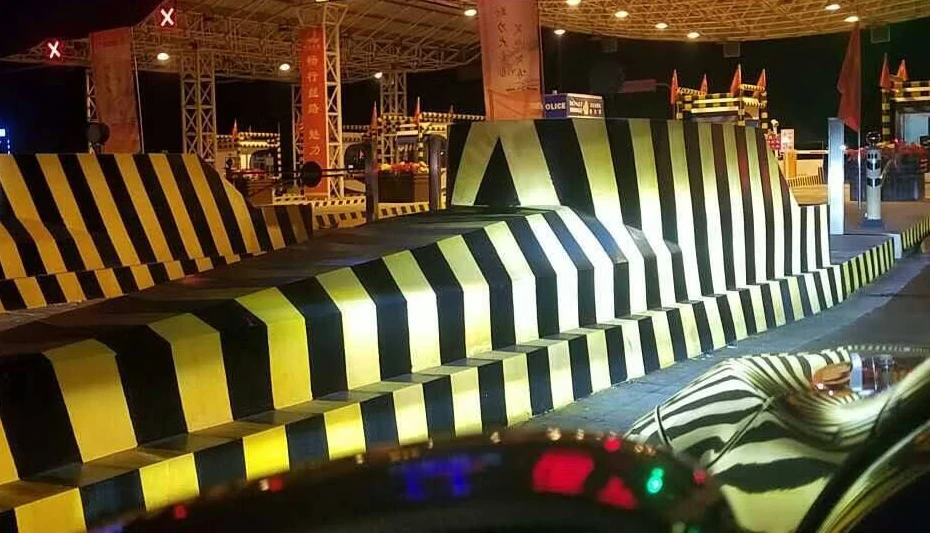What is reflective paint?
Reflective paint is made by mixing directional reflective materials in a solvent. Acrylic resin is the base material. Reflective paint is a new type of reflective paint. It reflects light through reflective beads. It has better reflective effects at night. Due to high reflectance, it can prevent ultraviolet light irradiation and color fading. It is also highly resistant to salt spray, acid and alkali.

How to use reflective powder for paint?
Method 1:
Reflective paint is made by directly mixing reflective powder with paint. It is easy to use and control. Reflective powder is used according to the reflectance.
Method 2:
Preparation of reflective paste: Weigh an appropriate amount of reflective powder, and mix it with the solvent (cyclohexanone) into paste. Then, mix it with transparent printing paste by stirring. Reflective powder will be half exposed on the surface, to achieve the reflective effect. Reflective powders of different particle sizes have different reflective effects. (Different particle sizes will lead to better reflective effects.)
What is reflective paint used for?
Applications of reflective powder in paint
1. Traffic signs
Reflective powder is an important material of traffic signs. If reflective powder is used in paint of traffic signs, traffic signs will be clearly visible at night. This can improve the road safety.
2. Architectural decoration
Reflective paint is also widely used in architectural decoration. When reflective paint is applied on the surfaces of buildings, the visual effect of buildings at night will be enhanced.
3. Automotive paint
Reflective powder is often added in automotive paint. It has a protective effect. It can improve the safety of vehicles running at night.
What are the precautions for using reflective paint?
1. Thoroughly remove oil stains, water stains and dust on the substrate surface before construction. Keep the working surface dry.
2. Fully mix the reflective primer and reflective paint before use. Stir them constantly during construction.
3. First apply our reflective primer. When the reflective primer is dry, spray reflective paint. Preferably, spray two layers of reflective primer on cement.
4. The paint film should be even and thin. Its thickness should be about 20 microns. Otherwise, the effect will be poor.



